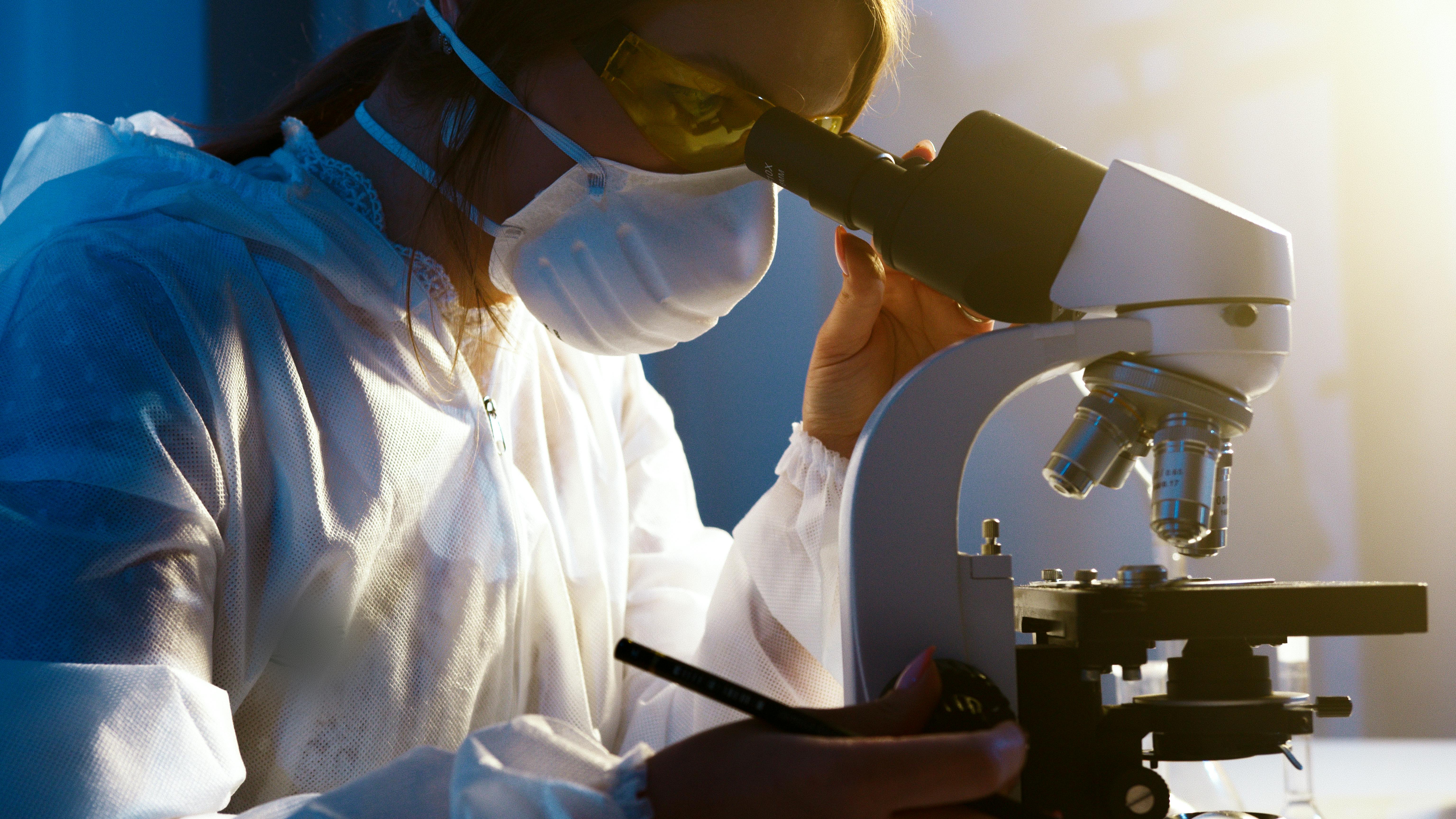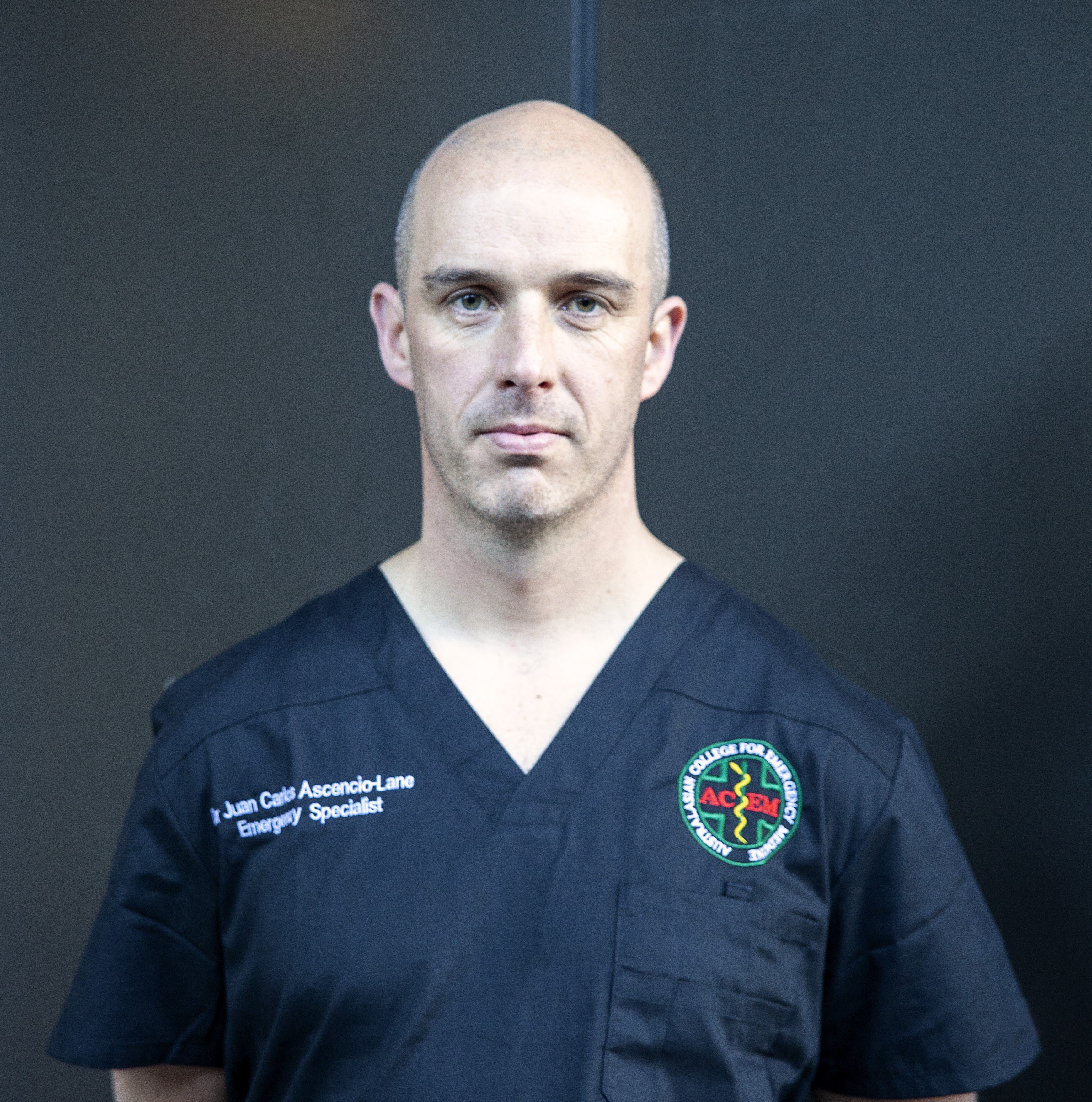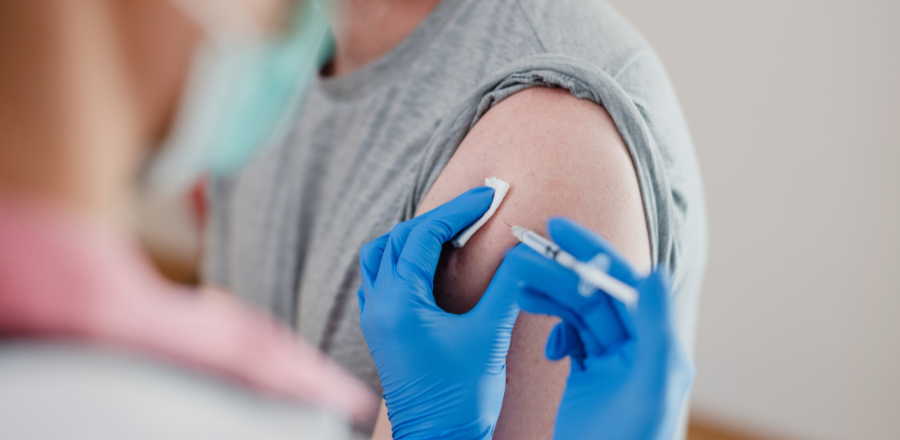South Australian children with Cerebral Palsy have been able to receive their diagnosis and treatment sooner thanks to a dedicated clinic at the Women’s and Children’s Hospital.
Women’s and Children’s Hospital Network (WCHN) Head of the Neurodevelopmental Physiotherapy Unit, Kirstie Morgan, said the Early Detection Clinic is one of the first of its kind to be established in Australia.
“The Early Detection Clinic is held monthly and provides vital assessment for children at high risk of developing Cerebral Palsy (CP),” Ms Morgan said.
“We have been running the clinic for more than two years and in the 25 clinics run so far, 37 infants seen in the clinic have been diagnosed with CP as early as six months old, which is significantly lower than the historical average of one to two years.
“By detecting this condition earlier, our patients are able to receive appropriate therapy intervention sooner which can improve their functional outcomes.”
CP is a group of neurological disorders that affect a person’s ability to move and maintain posture. It is the most common physical disability in childhood, occurring in 1.4 in 1,000 live births.
Babies are at a higher risk of developing CP if they encounter complications such as a premature birth, stroke or infection.
In the past, infants were mainly diagnosed with CP, usually at around two years old, by using Magnetic Resonance Imaging (MRI) scanning to pick up the changes on their brain.
However, MRI it is not always reliable, as around 10 per cent of babies with CP can have a normal scan.
Ms Morgan said Physiotherapy staff at the Women’s and Children’s Hospital use a method, known as ‘Prechtl’s General Movements Assessment’, to detect CP in high risk infants as young as three-months-old.
“The General Movements Assessment is a way of assessing a baby’s nervous system by simply taking a video of a baby’s movements while they lay on their back,” Ms Morgan said.
“The footage is then reviewed by our highly trained Physiotherapists who look for ‘fidgety movements’, which are spontaneous small movements that occur throughout the whole body, at a specific time of an infant’s development.







